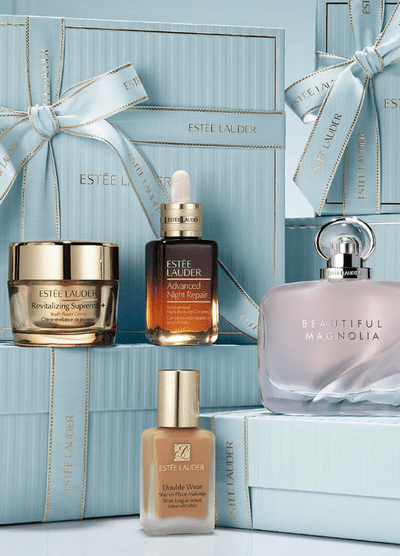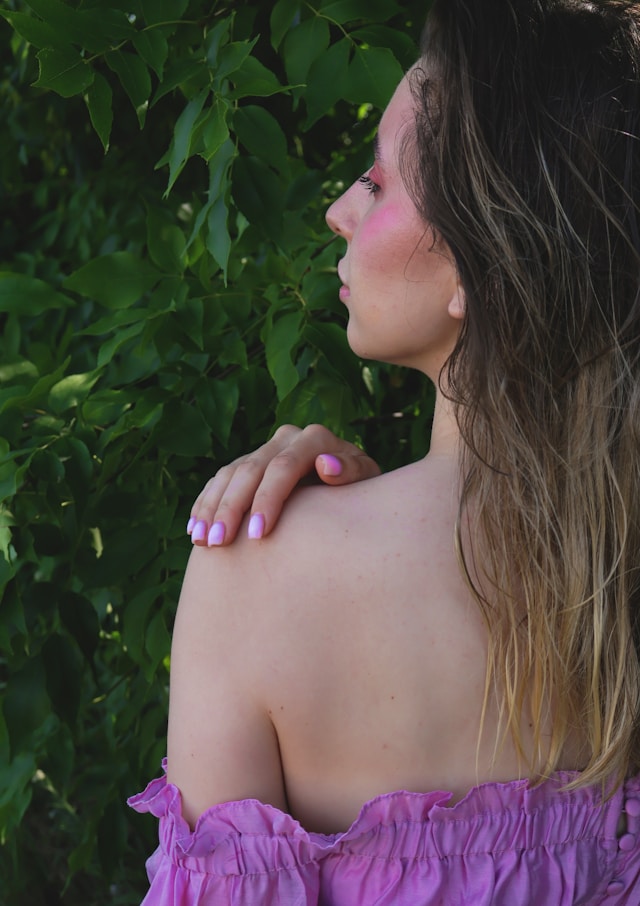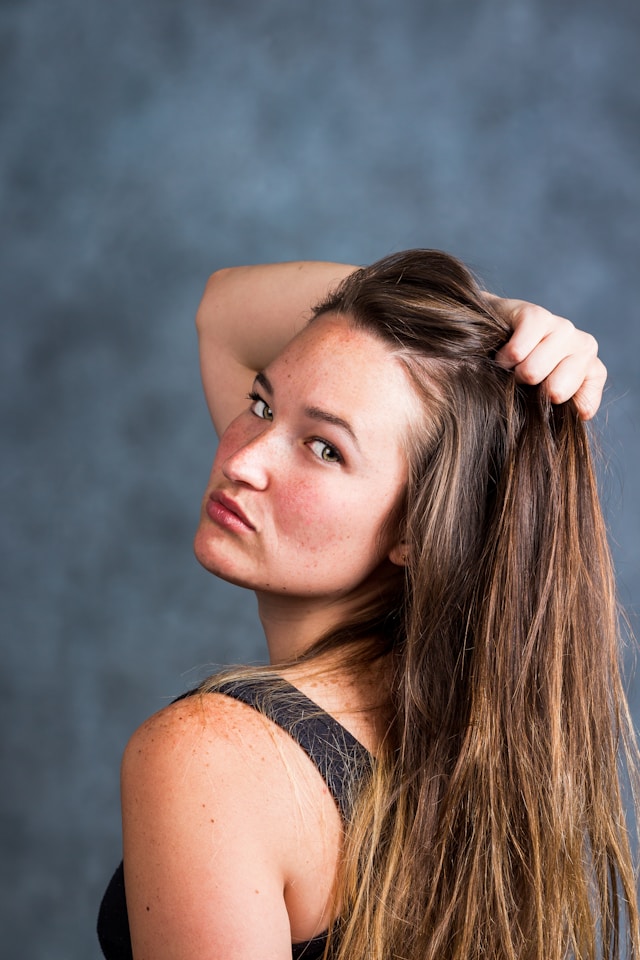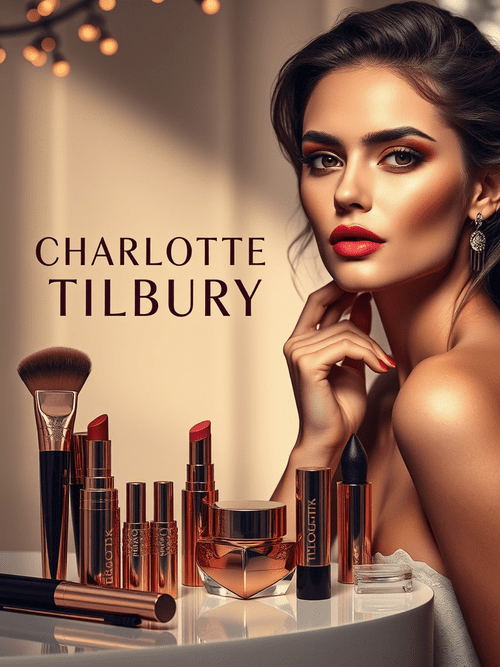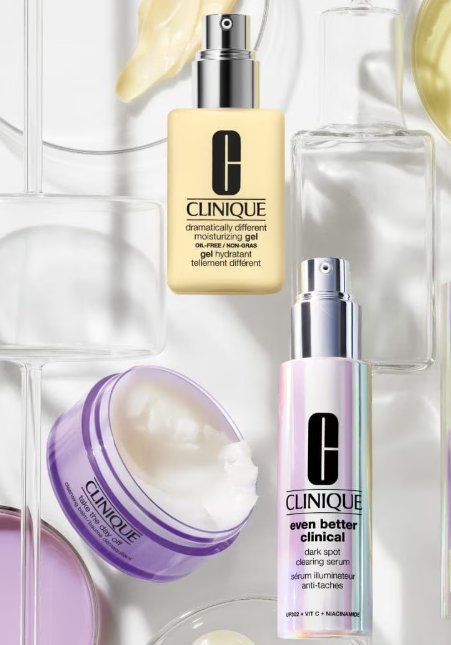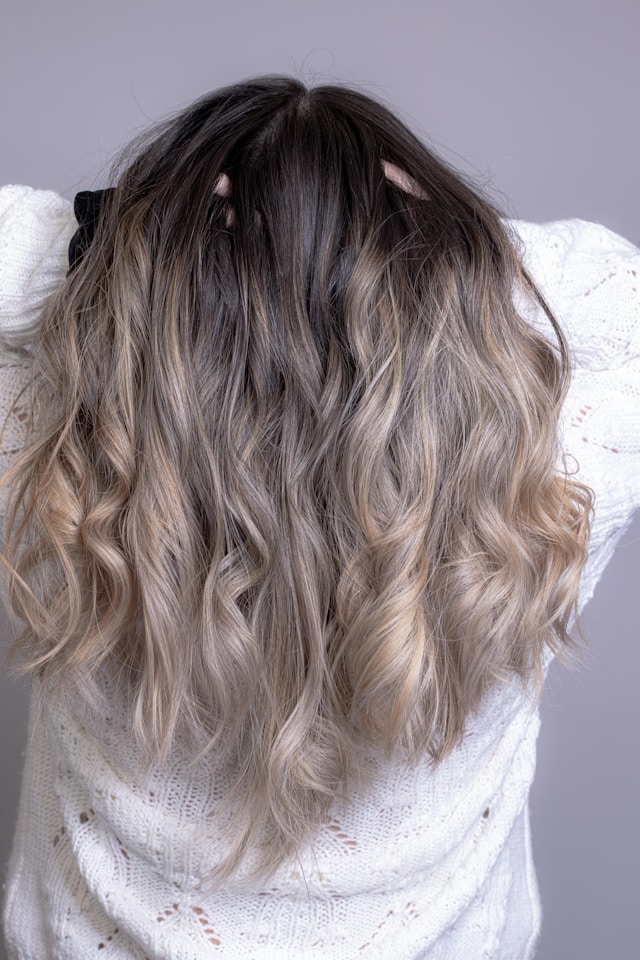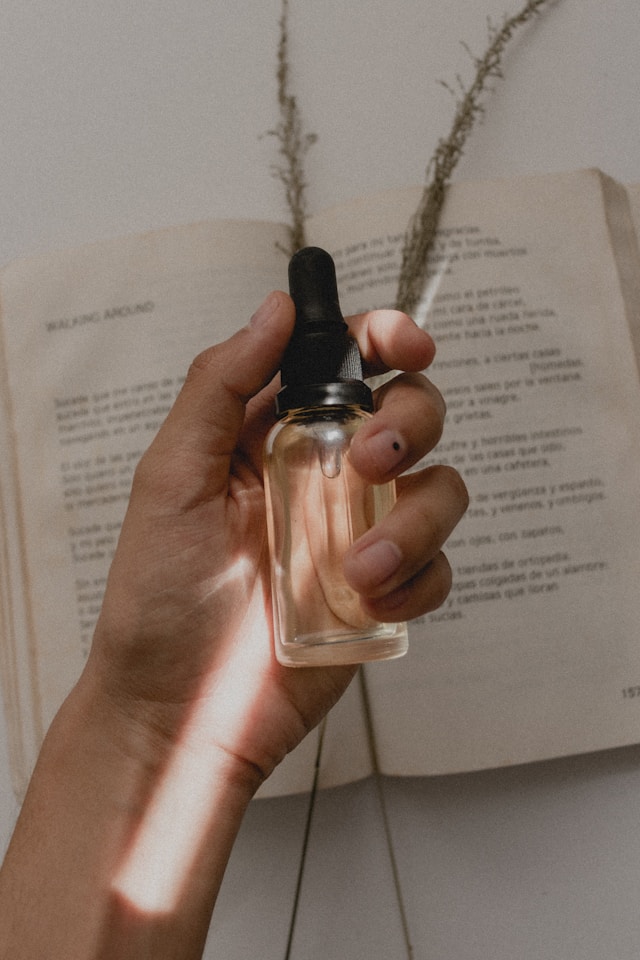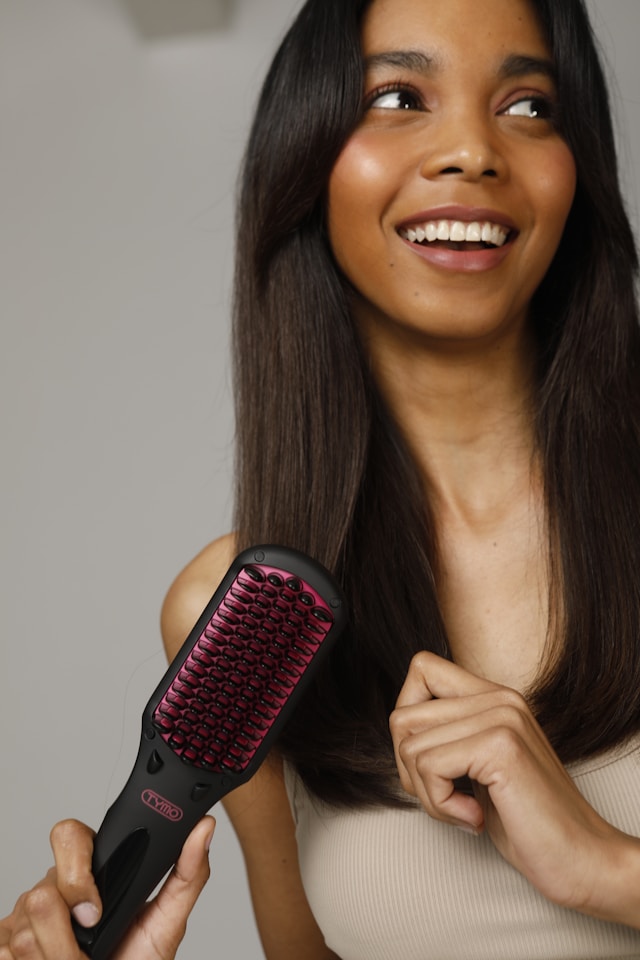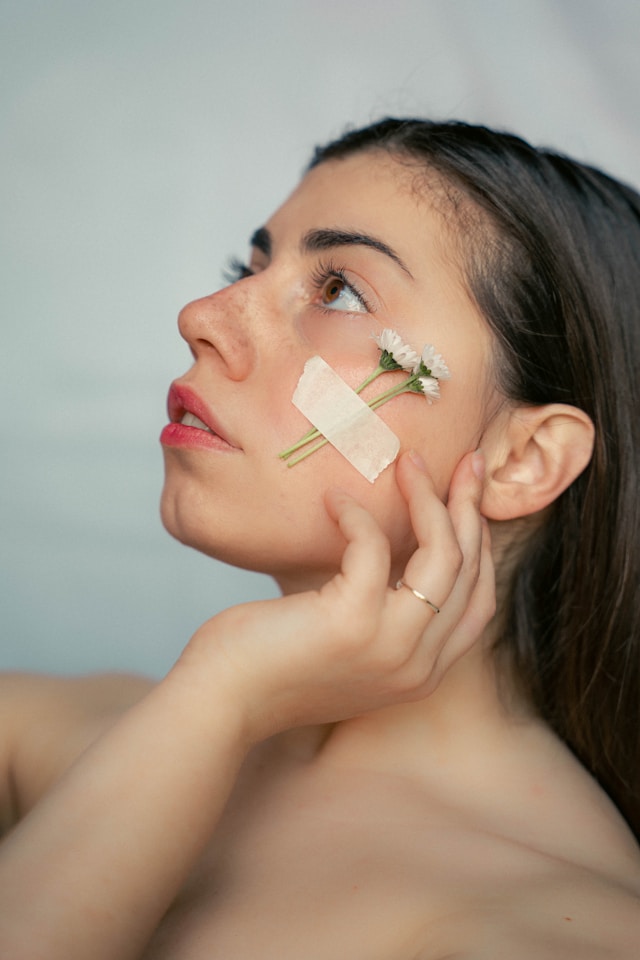
There are a lot of skin care and beauty myths and misconceptions. The majority of the ideas are outdated or simply untrue, but some sound like they have to be true. Believing these myths to be true can harm instead of assisting your hair and skin. Depending on your choices on real research and make sure your choices are correct.
Myth: Moisturizer Is Not Needed for Oily Skin
You can be concerned that utilizing a moisturizer would make your oily skin worse. Your skin will not have adequate moisture, which can cause it to become oily and secrete more oil if you do not apply a moisturizer. The same effect you were trying to stop—clogged pores, acne, and a shiny face—can be brought about by secretions of excess oil.
All skin types, especially oily and acne-prone skin, need moisturizer. Picking the right recipe is important. To maintain hydrated skin and healthy pores, apply light moisturizers that won’t clog them. The best moisturizers for keeping skin hydrated without making it heavy or oily are gel or water-based moisturizers. By retaining moisture and protecting the skin from environmental factors such as weather and pollution, moisturizers keep skin healthy.
Dry and even oily skin is likely to become inflamed, irritated, and show signs of aging prematurely. It is vital to understand the difference between water and oil in the skin. Oily skin secretes excess amounts of oil, though it can stay cellularly dry. With time, a healthier complexion can be developed from balancing the production of oil in the skin with the use of an oil-free moisturizer.
For healthy skin, use moisturizer as a preventative for dryness that can be caused by acne treatments such as benzoyl peroxide or salicylic acid. You need to pick the right one. Choosing the right lotion for your skin type is all you need to do. Disbelieve the myth that moisturizers are unhealthy; they can help you achieve smoother, healthier-looking skin.
Myth: You Can Shrink Your Pores Permanently
Who does not desire tiny, barely perceptible pores? Unfortunately, it is not true that pores will become permanently smaller. Your genetics mostly determine your pore size. You can temporarily make them appear smaller, but you cannot make them smaller permanently. Oil, dead skin, or dirt can clog pores, making them appear larger.
As we grow older, our skin loses its ability to bounce back, making it more susceptible to being seen. Utilizing good skincare techniques can make them look smaller, although they will not whole vanish. Regular use of products that contain salicylic acid will help keep your pores clean and smaller in size. With more collagen, skin can firm up and reduce pores’ size. Professional treatments, including chemical peels, laser therapy, and microdermabrasion, can temporarily enhance the look of your pores.
Your pores will appear less prominent and your makeup will look smoother if you use primers and light foundations. However, it is important to keep expectations reasonable because pores are a natural and beneficial feature of our skin. They create organic oils that maintain the hydration and health of your skin. Your skin can become rough and inflamed if you try too hard to get rid of them.
To encourage healthy-looking skin, stick to a basic skincare routine that includes washing, moisturizing, and mild exfoliation. Knowing that pores are visible is natural might make you feel better about your skin and less stressed. Instead of squandering time and money on pore removal, concentrate on keeping your skin clear, smooth, and radiant.
Myth: You Should Pluck Gray Hairs to Prevent More from Growing
This is a common skincare myth that plucking a single gray hair does not make new ones grow. Unfortunately, this is completely false. Hair strands originate from follicles, which contain roots within tiny pores and skin pockets. Removing a gray hair will not cause additional gray hairs to sprout or damage the surrounding follicles. However, it is also usually not a good idea to yank out hairs.
Regular hair removal can harm the hair root, resulting in either less or no regrowth. Particularly on the skull, this can result in uneven patches or scars. As we age, the body slowly reduces the production of melanin, leading to hair losing its natural color. Aging is a natural process and something we should all come to accept rather than hiding from the truth. As with all aspects of life, some things are bound to happen and come our way through our genetics.
An example of this is the order of hair graying and the age at which it begins, as well as why people try and take care of their hair alongside having a salt and pepper look. Trimming hair close to the scalp level or coloring is also considered a method for concealing gray hair, alongside root touch-up and ‘hair mascara’ for more damaged hair, which serve as temporary solutions.
These methods, however, serve more purpose for hiding instead of addressing the dilemma. Taking these steps to reverse the conditional aging might put your health at risk. Knowing the medical reasons behind hair losing color can enhance maintenance and care choices for the hair. Embracing the silver strands has started becoming a fashion statement, which is quite refreshing. Believing this sort of information opens the mind and allows you to stop feeling trapped by society, and thus feel free to better appreciate the process of getting older.
Myth: You Can Detox Your Skin with Special Products
Skincare masks and scrubs marketed as “detoxifying” are an affordable means of cleaning one’s skin. The skin does not store “toxins” masquerading as dirt that a so-called detox scrub could clean. In this context, the skin acts as a service provider to the body – it eliminates waste through the liver and kidneys in conjunction with each other.
Similar to others, the soak products and scrubs of a multifaceted genre called “detox” serve more as a cleaning agent to the exterior and uppermost part of the skin. This will cause the base of your skin to remove excess oil, dead skin, and pore dust.
But they don’t draw toxins out from your body. Constant use of harsh “detox” products can be bad for your skin. It can dehydrate your skin, make your skin sensitive, and irritate your skin by destroying its natural barrier. Rather than believe detox trends, keep things simple with a simple skincare routine that cleans, moisturizes, and protects your skin. Ingredients such as niacinamide, hyaluronic acid, and antioxidants maintain skin health.
Hydration, balanced eating, exercise, and plenty of sleep are the way to your body detoxing. This will also help make your skin healthier. Good skincare products, such as masks, scrubs, and serums that contain antioxidants, add to your routine but are not detox measures. By understanding that good skin begins on the inside, not with magical cosmetics, long-term financial savings and skin health maintenance are possible. Healthy skin is obtained through maintenance, not treatments such as “detoxes.”
Myth: Natural Skincare Ingredients Are Always Better
As clean beauty becomes more renowned, everyone presupposes that all natural chemicals are safer and best for skincare. Furthermore, “natural” does not always equate to superiority or safety. Some naturally occurring ingredients could lead to allergic contact dermatitis, irritate the skin, or exacerbate pre-existing disorders of the skin.
You won’t place poison ivy within your lotion, although it is a natural product. Likewise, individuals have skin sensitivities to certain essential oils, like citrus or lavender. Most products made in the lab, like hyaluronic acid and lab-produced peptides, are designed to be stable, safe, and active. One of the issues with raw natural ingredients is that they can be safely purified and controlled in the lab to limit variety and bacteria.
How an ingredient affects your skin is what makes it natural or artificial. Don’t blindly opt for products that bear the “natural” or “organic” label, but rather read the ingredient concentration and sensitivities to the skin. Also, a few “natural” labels are marketing tricks that might not suit you.
Choose items that are well-formulated, tested, and suitable for your needs rather than those that are only natural or created in a lab. Similar to fashion, the only thing that counts in beauty is quality, not the label. There are no gimmicks or tricks; your skin simply requires sensible, cautious treatment.
Conclusion
Myths about beauty seem alluring because they promise easy remedies, but they are deceptive and lead to more issues and confusion than they solve. Regular, tried-and-true care is what your skin and hair need, not band-aid fixes or empty promises.
Making smarter and healthier decisions for your beauty routine is made easier when you know what is and is not true. The secret to beauty is to embrace your natural skin tone, use a high-quality moisturizer for greasy skin, and refrain from getting rid of gray hairs.
You will achieve greater and more durable outcomes if you focus on methods that benefit your skin and hair. There is no fast fix for beauty; it takes time and work to get.
